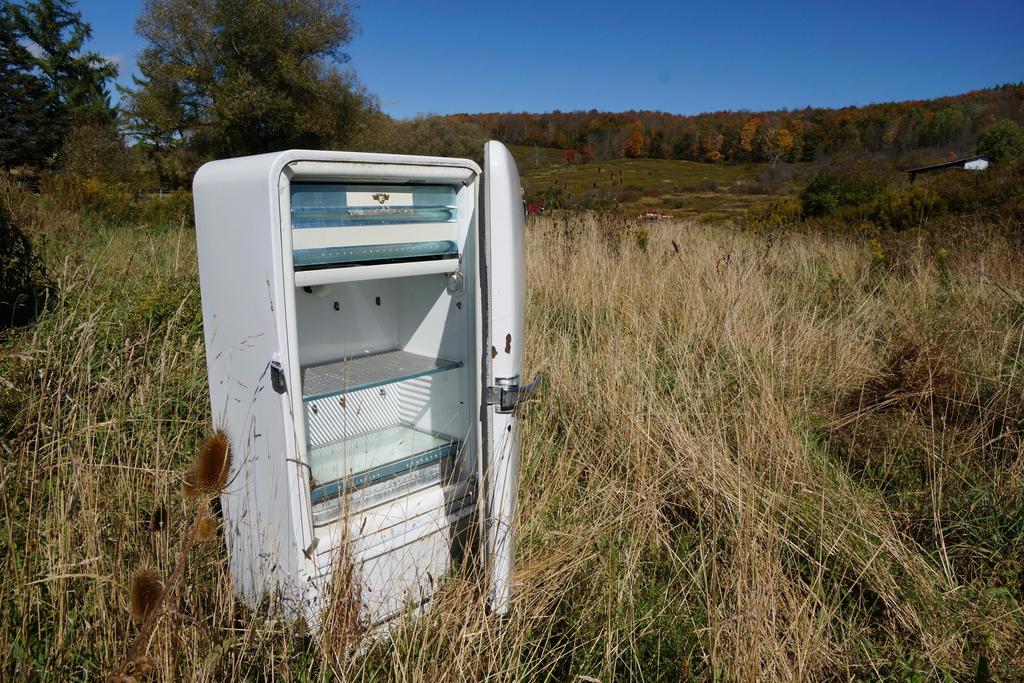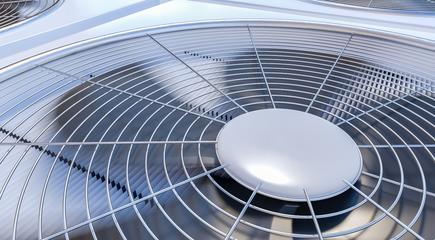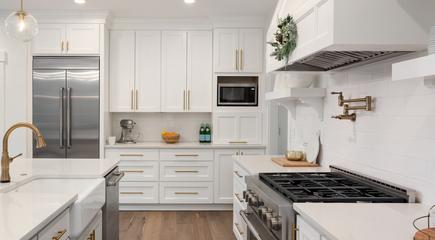Crush Your Beer Fridge
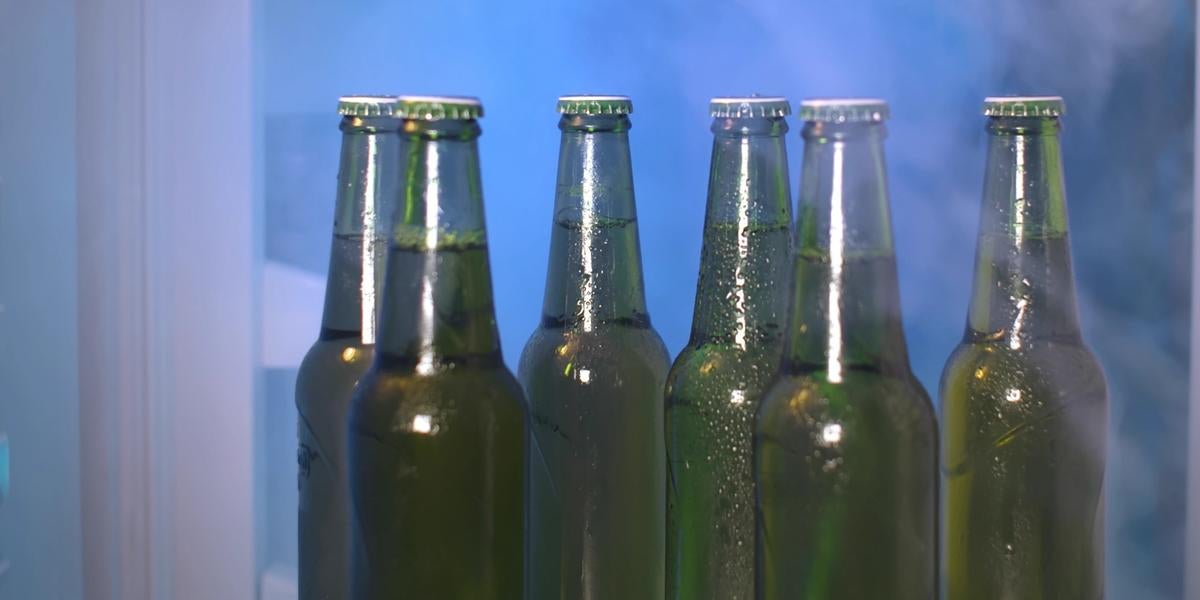
So, you finally decided to replace the old refrigerator that came with the house when you bought it. The shiny new stainless-steel fridge instantly gave your kitchen a modern look, and you wondered why you hadn’t done it earlier. However, when it came time to say goodbye to the 20-year-old fridge that got you through the first few years of homeownership, you became a little sentimental. “It’s my first fridge, and it works perfectly fine!”

Then you did what your parents had done before you. You retired the old fridge into the garage. “This way, I will always have a six-pack chilled and ready for gametime on Sundays,” you told yourself. “And I’ll have enough freezer space for the value-pack pork chops when they go on sale.”
What you didn’t know is that old refrigerators consume a lot more electricity than the highly efficient models available today. Do a quick calculation, and you would find that you would have been better off buying a second energy-saving fridge to keep than running that old energy gobbler in your garage.
The Cost of Keeping Your Old Fridge
Based on the Flip Your Fridge Calculator provided by ENERGY STAR®, a typical top-freezer refrigerator made before 1980 uses 2,180 kWh of electricity per year, compared to 1,031 kWh for a turn-of-the-century model. Today’s new ENERGY STAR certified refrigerators, on the other hand, only use 430 kWh a year!
Let’s do the math:
| Model Year | Annual Energy Consumption | Annual Cost U.S. Rate: $0.12/kWh CA Rate: $0.20/kWh | Annual Saving | Payback Period (To buy a $777 new fridge) | Or in Free Beers ($20 per 24-can case) |
|---|---|---|---|---|---|
| 1980 | 2,180 kWh | US: $261.60 CA: $436.00 | $210.00 $350.00 | 3.7 Years 2.2 Years | 252 Cans 420 Cans |
| 1990 | 1,539 kWh | US: $184.68 CA: $307.80 | $133.08 $221.80 | 5.8 Years 3.5 Years | 160 Cans 266 Cans |
| 2000 | 1,031 kWh | US: $123.72 CA: $206.20 | $72.12 $120.20 | 10.8 Years 6.5 Years | 87 Cans 144 Cans |
| 2019 | 430 kWh | US: $51.60 CA: $86.00 | - - | - - | - - |
As you can see, replacing an ancient 1980s refrigerator saves you enough money to pay off a new one in less than four years! Even an early 2000s model wastes an entire new fridge’s worth of electricity in just 6.5 years in states with high energy rates, like California.
If we translate that into beers, someone in California who replaces a 1980s fridge can save enough money in a year to buy 420 cans of beer. That’s more than one free beer a day and two on Sundays!
According to this 2016 CNN article, almost a quarter of American homes have two or more refrigerators. And ENERGY STAR says if all refrigerators older than 15 years were replaced with ENERGY STAR certified ones, Americans would save more than $330 million a year in addition to 5.5 billion pounds of greenhouse gas emissions.
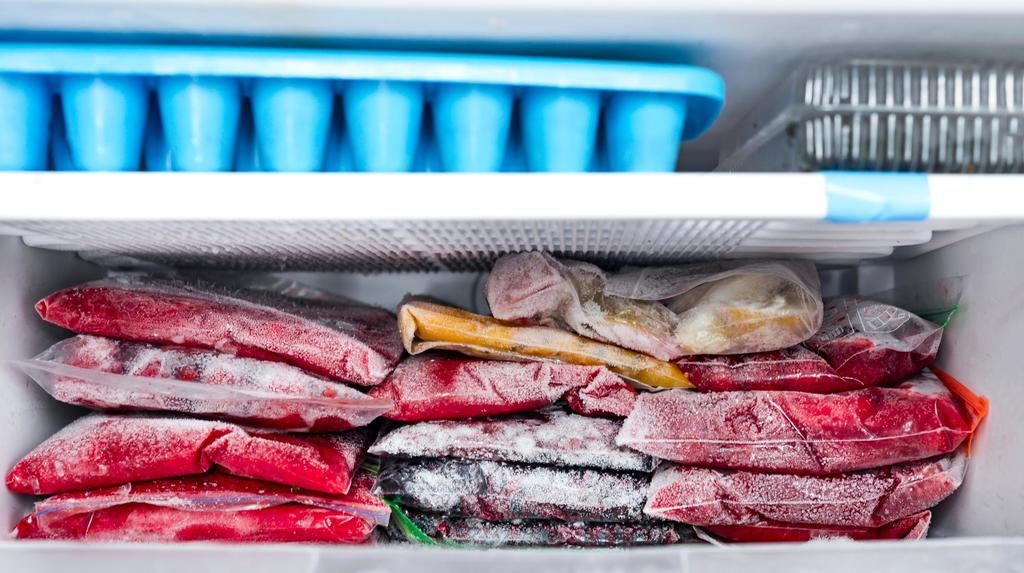
Refrigerators Keep Getting Cheaper and More Efficient
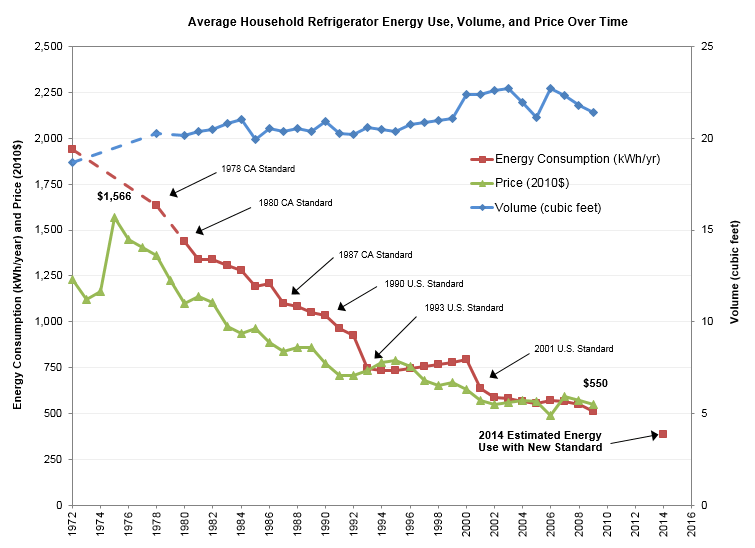
First introduced in 1913, the home electric refrigerator reached its peak of energy consumption in the 1970s, when the energy crisis led to California establishing the first-ever efficiency standards for refrigerators, followed by national legislations adopted in 1987. Since then, the price and energy usage of refrigerators have gone down dramatically while volume has increased, as demonstrated by this Appliance Standards Awareness Project graphic.
Key technological developments that led to greater energy savings include better insulation, more precise temperature control and defrost mechanisms, as well as high-efficiency compressors that generate less heat and noise.
New Challenges Require New Innovations
In recent years, the smart home revolution has led to a raft of new features being added to refrigerators. Many new models have connectivity features, voice recognition or even a sizeable touch screen on the door. Powering these features require the refrigerator’s power supply to deliver high current while maintaining high efficiency at both full load and light load.
A good design example for that use case is DER-868 from Power Integrations. This 60 W flyback power supply utilizes a PowiGaN-based InnoSwitch3-EP switcher IC. Its 5 A output current can support refrigerators featuring DC motors, ice makers and LED touch screens. It reaches over 90% efficiency at 10% load and 93% efficiency at full load.
Now that the math is clear, there is only one thing left to do. Crush your old beer fridge!
